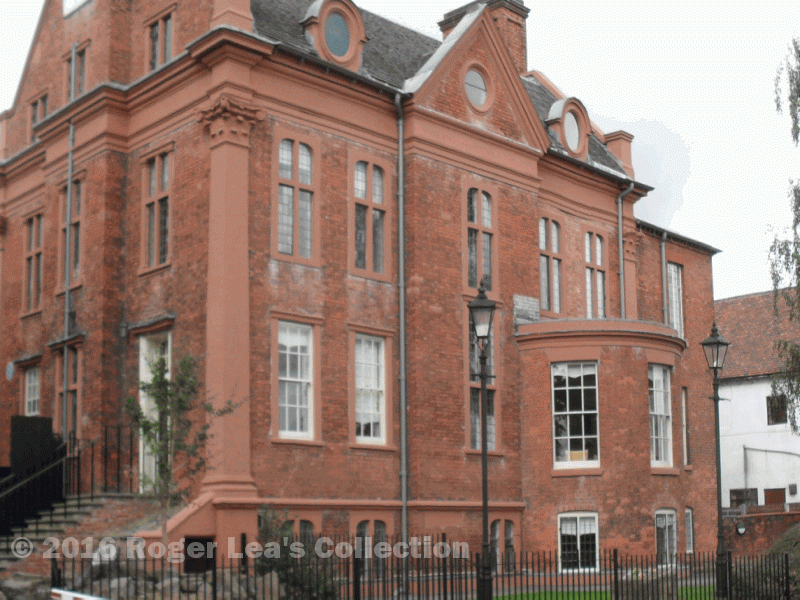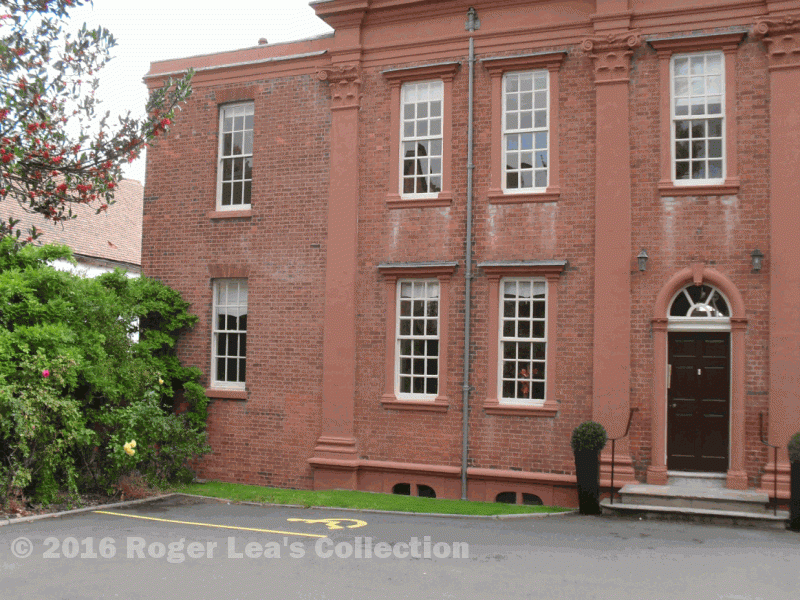Joseph Duncomb was elected Warden (Mayor) of Sutton Coldfield in 1760 and again in 1761. While he was Warden he took a share in the newly-made Blackroot Pool in Sutton Park, and he gave himself planning permission to construct a leather mill there powered by a waterwheel - and the pool became known as Duncomb’s Pool
He was a wealthy gentleman, living in style at Moat House, where he kept a pack of fox hounds (“If I were as rich as Mr. Darcy, I would keep a pack of foxhounds” says a young Lucas in Pride and Prejudice). When one of his valuable high-fed hunting horses went missing from its stable search parties were sent all round the district and rewards were offered, but all in vain. While all this was going on, the horse was quietly feasting on the hay, having climbed up the steps to the loft - when he was found, he came to earth with a bump.
Besides the extra outbuildings to accommodate his dogs and horses, Duncomb made some alterations to Moat House itself. Most of the old mullion-and-transom windows were replaced with the more fashionable sash windows still to be seen, and an impressive bow window was added to the drawing room. This was considered good taste in 1750, but was frowned on sixty years later - in Jane Austen’s Northanger Abbey General Tilney says “if there is one thing more than another my aversion, it is a patched-on bow”

It was in the drawing room that upper-class neighbours were often entertained - the Rector’s wife mentions in a letter that she had been to tea at Mr. Duncombs one Sunday in 1786 as if it was a common event. Sometimes there were no callers and no sport, and one imagines a bored Joseph Duncomb looking out of the bedroom window at the rain, and then idly defacing the marble mantelpiece by scratching his name and the date, 1760, into the marble (the graffiti are still there).
Joseph Duncomb died in 1793, still referred to as “the old Warden Duncomb” 100 years later. His son-in-law, Shirley Farmer Steele Perkins, a barrister-at-law, was the next owner of Moat House and he continued to live there in style. In 1845 he objected strongly to a proposal for a railway line which would have passed by the bottom of his pleasure grounds (where the present Lichfield line runs), but he spoilt the symmetry of Moat House by building an ugly extension to house his growing family. Moat House continued in private ownership until it was acquired in 1948 by the Education Authority, and the College was built in the neglected gardens.
